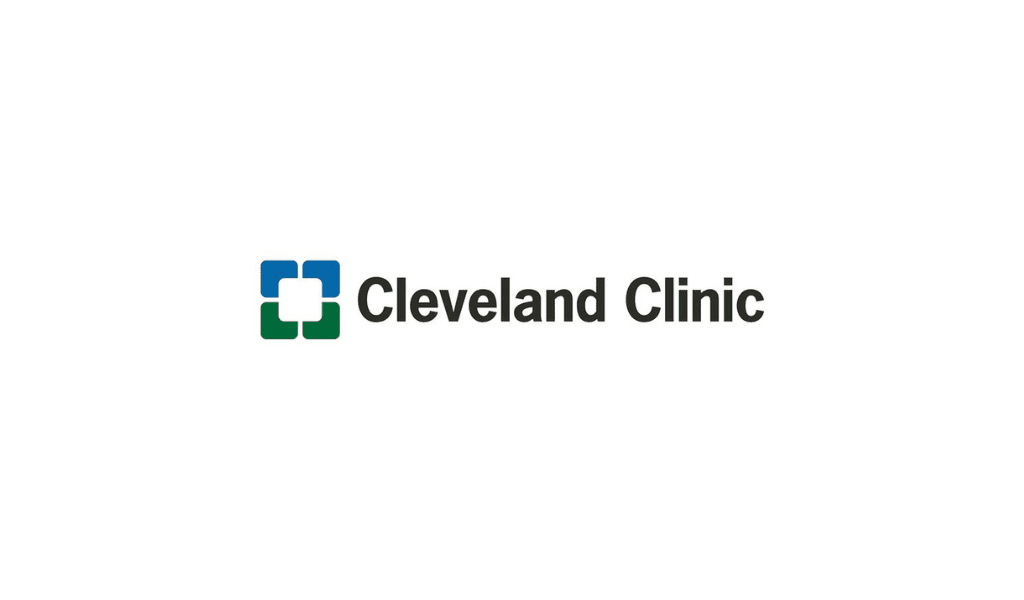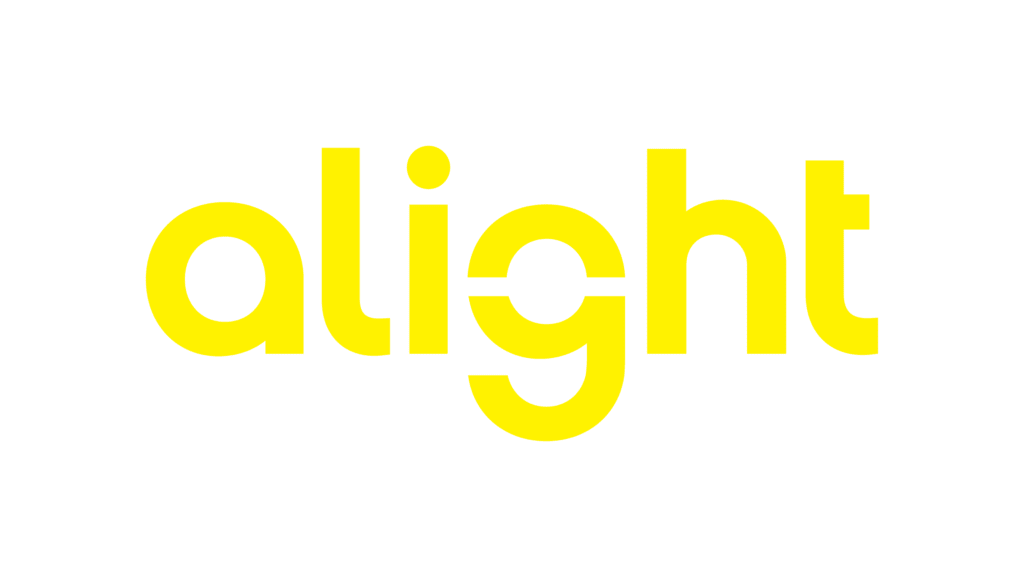Three best practices to consider when incorporating online communication channels to recruiting practices.
By Christa Elliott
Today, talent shortages are a reality for many industry sectors, but healthcare has been hit particularly hard. The Bureau of Labor Statistics projects that by 2024, 439,000 new nursing jobs will be created. Likewise, 23 percent of the current nursing workforce is expected to reach retirement age by 2018, creating a projected 700,000 nursing vacancies. With experienced baby boomer healthcare workers retiring and fewer professionals to train the incoming millennial and Generation Z workers, organizations are eager for skilled labor. And because demand outweighs supply, healthcare organizations need to consider how they are marketing their brand and to do so on the proper talent channels.
Enter social media: The communication channels which, for over a decade, have promised better relationships with candidates, more exciting employer-branded experiences, and an expanded talent pool. Considering the ways that sites such as Twitter, Facebook, and Instagram have helped companies enhance their online presence, social media offers a much-needed competitive advantage during the current healthcare talent shortage.
“If done effectively, social media is a powerful tool to amplify and activate an organization’s employer brand by telling stories, building relationships, and engaging the right people,” says Michail Takach, Cielo‘s global digital director of brand and social. “Convincing the right [talent] to join and inspiring them to stay and deliver great care and partnerships is the real mission, which is accelerated by a strong social strategy.”
Why Social Media?
Social media can be a particularly effective tool in healthcare recruiting because of the demanding nature of healthcare jobs. Many health job seekers work long unpredictable hours and struggle to find time to research companies that are hiring, let alone submit applications. By utilizing social media in their recruitment strategies, healthcare organizations can meet job seekers on the platforms that they are already using during their limited free time, creating more chances for engagement than ever before.
“Social media is an important part of the recruitment process as it allows organizations to reach and target a larger pool of candidates with a personalized approach. For example, staffing professionals can target local candidates for a role or perhaps introduce a candidate to a new location where friends or family reside,” says Chris Scowden, vice president of recruitment process outsourcing (RPO) operations for AMN Healthcare.
Once an organization makes the decision to add or enhance social recruitment efforts, there are a few best practices that can be used to get the most out of social media:
• Choose the right platforms. In order to create a persuasive social media strategy, it’s crucial to have an understanding of what the target demographic is looking for in an employer and which platforms they are using.
“Candidates should be reached through a multilayered digital outreach approach that often includes more than a hundred different channels, including social media, mobile platforms, search engines and websites,” says Scowden.
Although the 2015 AHACareerCenter.org Job Search Insight Survey found that LinkedIn is the preferred job searching network of as many as 52 percent of healthcare job seekers, other research suggests that Linkedin may be a better choice for certain job types than others. Many candidates looking for executive, administrative or corporate roles can be targeted well on the platform, but more traditional healthcare candidates (doctors, nurses, etc.) tend to gravitate toward professional association communities within their areas of specialization, which serve as a secondary social network and drive a great deal of user engagement.
Scowden also emphasizes that many candidates decide to work with recruiters on the basis of relationships. Relationships can be easily revoked in the digital world and must be carefully cultivated using social media and beyond in order to identify quality candidates, engage them, assess their readiness for a position, and provide support throughout the hiring and onboarding process.
• Communicate employment brand. Given the limited free time and unpredictable schedules of medical professionals, social media recruitment messages need to be short, engaging, and to the point. On top of these three requirements, healthcare organizations would be wise to generate messaging that communicates the employer brand effectively. This will help the company to create not only a positive relationship with the candidate but also a memorable impression that attracts the right candidate to the things that matter most to the organization.
A well-crafted, branded message on social media might use key words from the organization’s mission statement, include links back to main or affiliate websites, or just share information about the company culture. This “cultural content” might include information about company awards or community outreach programs, video interviews with hiring managers and employees, and anything else that could help illustrate the employee value proposition.
“Healthcare talent is inspired and influenced by powerful storytelling. Whether it’s the patient who overcame incredible odds to live well again or the community of caregivers who came together to heal someone in their time of need, these stories have incredible power, reach, and impact. It’s exactly the same when it comes to the employer brand story,” Takach explains.
“Sharing authentic stories of the workplace culture, experience and value is an incredibly effective recruitment strategy. Healthcare systems are sitting on a goldmine of employer brand content, and those who are ready and able to mine that gold within their organizations will be the ones who win.”
Scowden agrees and adds, “An important part of nurturing the relationships with candidates via social channels is to deliver information that shows what it means to work with you as an employer. A successful social strategy cannot be only be posting jobs.”
• Look beyond recruitment. In the realm of recruitment, a proactive strategy -that is, using employer branding and social media to retain and engage existing talent as well as to bring in new employees -is a must. Therefore, healthcare organizations should also invest in social media strategies that remind current employees why theirs is a great place to work. This could mean encouraging employees to serve as active brand ambassadors on social media sites and developing community networks for employees on those platforms.
“Social media works well internally for all the same reasons it works well externally. It’s important to establish one community -internal and external -based on sustainable relationships,” Takach says. “When companies activate their own employees as brand ambassadors, they amplify employee engagement, ownership and pride to the highest possible levels. It’s a win-win for the employees and the patients.”














